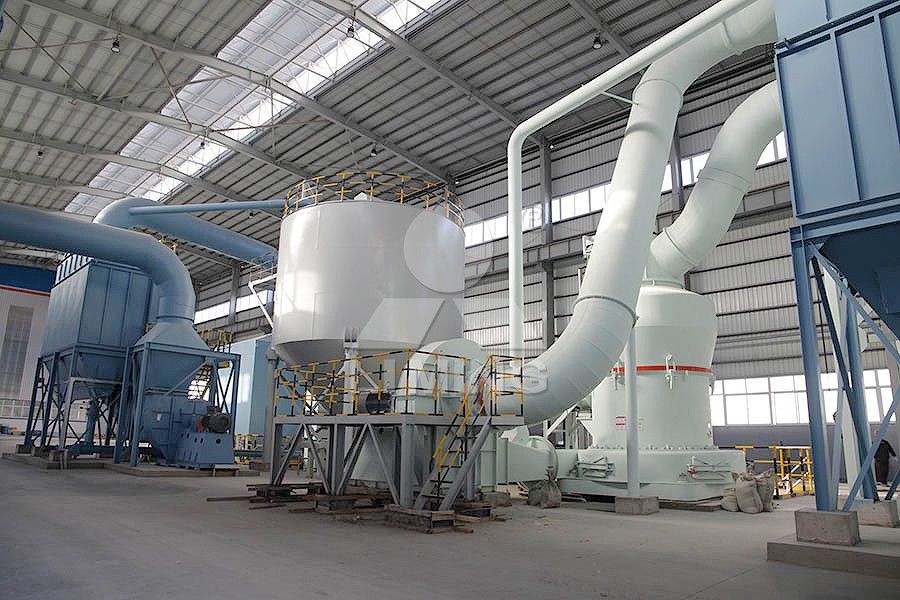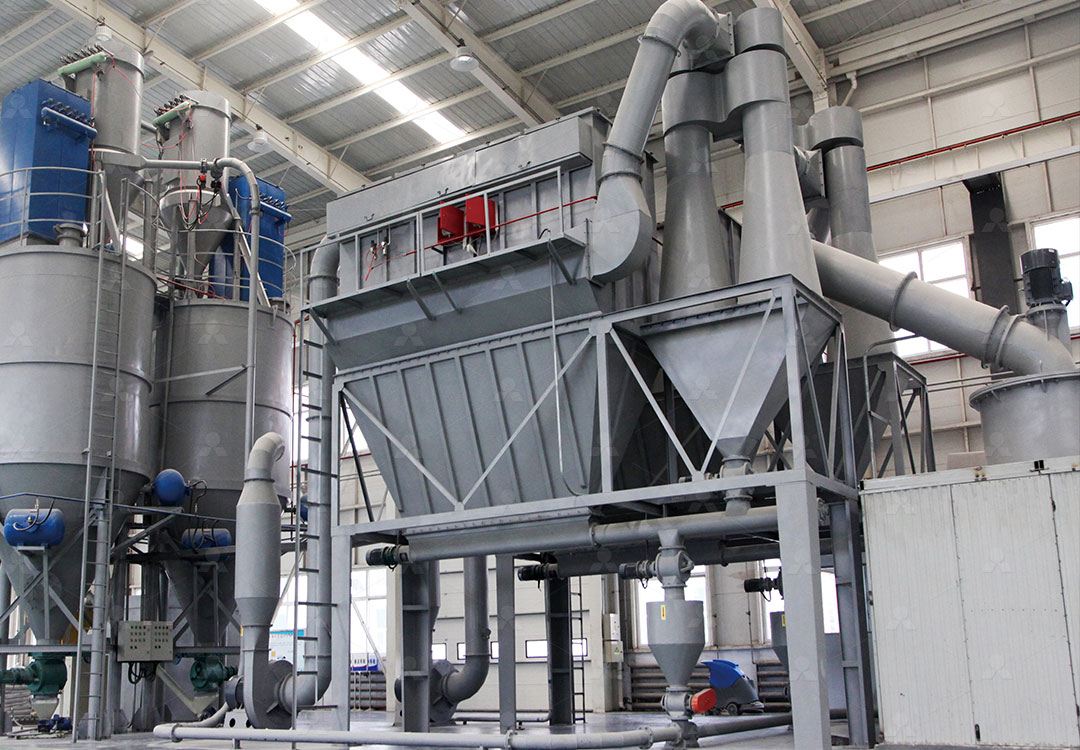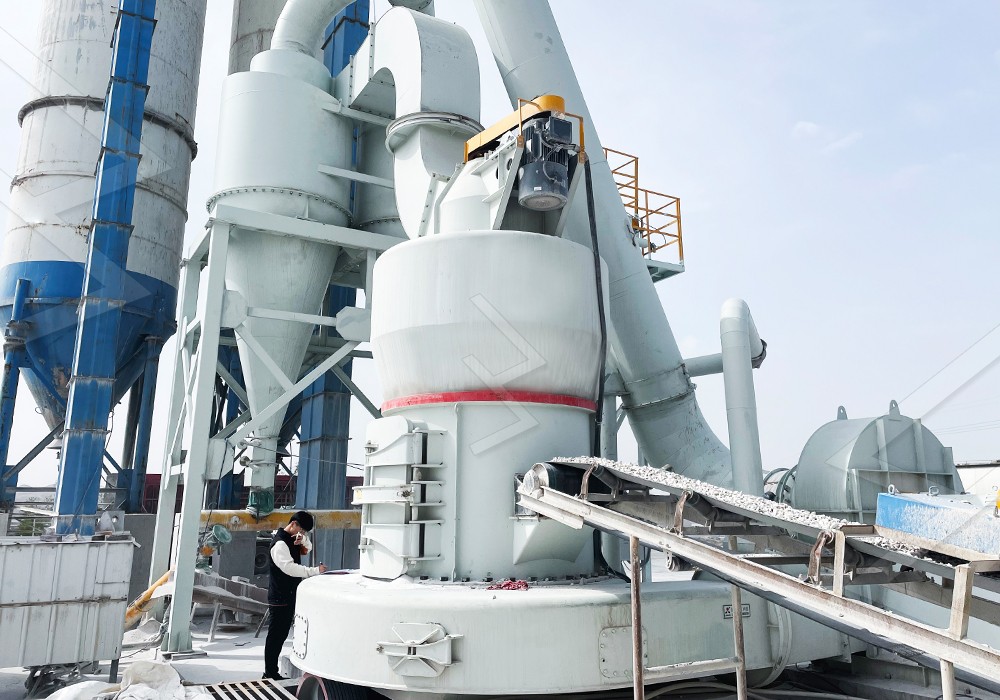Steam Milling for Comprehensive Repair Residue Processing
Revolutionizing Industrial Waste Management Through Advanced Steam Milling Technology
In today’s industrial landscape, the efficient processing of repair residues and industrial by-products has become increasingly critical for both economic and environmental sustainability. Steam milling technology represents a groundbreaking approach to transforming these challenging materials into valuable resources, offering comprehensive solutions for waste reduction and material recovery.

The Challenge of Repair Residue Management
Manufacturing facilities, construction sites, and industrial plants generate substantial amounts of repair residues that traditionally posed significant disposal challenges. These materials often contain complex compositions of metals, minerals, and synthetic compounds that require specialized processing to extract value or render them environmentally safe. Conventional grinding methods frequently fall short in handling the diverse nature of these materials, leading to inefficient processing and potential environmental concerns.
Steam milling technology addresses these challenges through innovative engineering that combines thermal and mechanical processing principles. The integration of steam allows for improved material breakdown while simultaneously facilitating chemical transformations that enhance the value of the final products.
Advanced Processing Solutions
Modern steam milling systems incorporate sophisticated control mechanisms that optimize processing parameters based on material characteristics. The ability to precisely regulate temperature, pressure, and milling intensity enables operators to customize the treatment process for specific residue types, maximizing recovery rates and product quality.
For operations requiring ultra-fine processing of repair residues, the MW Ultrafine Grinding Mill presents an exceptional solution. With an input size capacity of 0-20 mm and throughput ranging from 0.5 to 25 tph, this system handles diverse material streams with remarkable efficiency. The mill’s innovative design eliminates rolling bearings and screws within the grinding chamber, significantly reducing maintenance concerns while ensuring continuous operation. Its adjustable fineness between 325-2500 meshes provides unparalleled flexibility for various applications.

Environmental and Economic Benefits
The implementation of steam milling technology delivers substantial environmental advantages through reduced energy consumption and minimized waste generation. Advanced systems achieve energy savings of 30-50% compared to conventional methods while producing consistently high-quality powders suitable for recycling or reuse in industrial processes.
Operations benefit from the integrated pulse dust collector and muffler systems that maintain clean working environments and ensure compliance with stringent environmental regulations. The comprehensive approach to residue processing transforms potential liabilities into valuable commodities, creating new revenue streams while reducing disposal costs.
Application-Specific Solutions
Different industries generate distinct types of repair residues requiring tailored processing approaches. Construction and demolition residues benefit from systems capable of handling mixed material compositions, while manufacturing operations often require precision processing of metal-containing wastes. The versatility of modern steam milling technology accommodates these diverse requirements through customizable configurations and adjustable operating parameters.
For operations demanding vertical integration and space efficiency, the LUM Ultrafine Vertical Grinding Mill offers exceptional performance with its 0-10 mm input capacity and 5-18 tph throughput. The mill’s reversible structure simplifies maintenance procedures, while its multi-head powder separating technology ensures precise classification of processed materials.

Future Developments and Industry Trends
The evolution of steam milling technology continues to address emerging challenges in industrial waste management. Ongoing research focuses on enhancing energy efficiency, expanding material compatibility, and integrating digital monitoring systems for real-time process optimization. The convergence of IoT technology with traditional milling processes promises even greater operational transparency and control.
As regulatory frameworks increasingly emphasize circular economy principles, steam milling positions industrial operations for compliance while delivering measurable economic benefits. The technology’s adaptability ensures its relevance across multiple sectors, from construction and manufacturing to specialized waste processing facilities.
Frequently Asked Questions
What types of repair residues are suitable for steam milling processing?
Steam milling effectively processes various repair residues including construction debris, manufacturing by-products, metal finishing wastes, and composite materials. The technology’s flexibility allows customization for specific material characteristics and processing requirements.
How does steam milling compare to traditional grinding methods in terms of energy consumption?
Advanced steam milling systems typically reduce energy consumption by 30-50% compared to conventional grinding methods while achieving superior product quality and higher throughput rates.
What environmental benefits does steam milling provide?
The technology significantly reduces waste volume, minimizes dust emissions through integrated collection systems, and transforms residues into reusable materials, supporting circular economy objectives and regulatory compliance.
Can steam milling systems be integrated into existing industrial processes?
Yes, modern steam milling equipment is designed for seamless integration with existing operations, featuring modular designs and flexible configurations that accommodate various space and processing requirements.
What maintenance requirements are associated with steam milling systems?
Advanced designs minimize maintenance needs through features like external lubrication systems, reversible grinding components, and accessible wear parts. Most systems include comprehensive technical support and spare parts availability.
